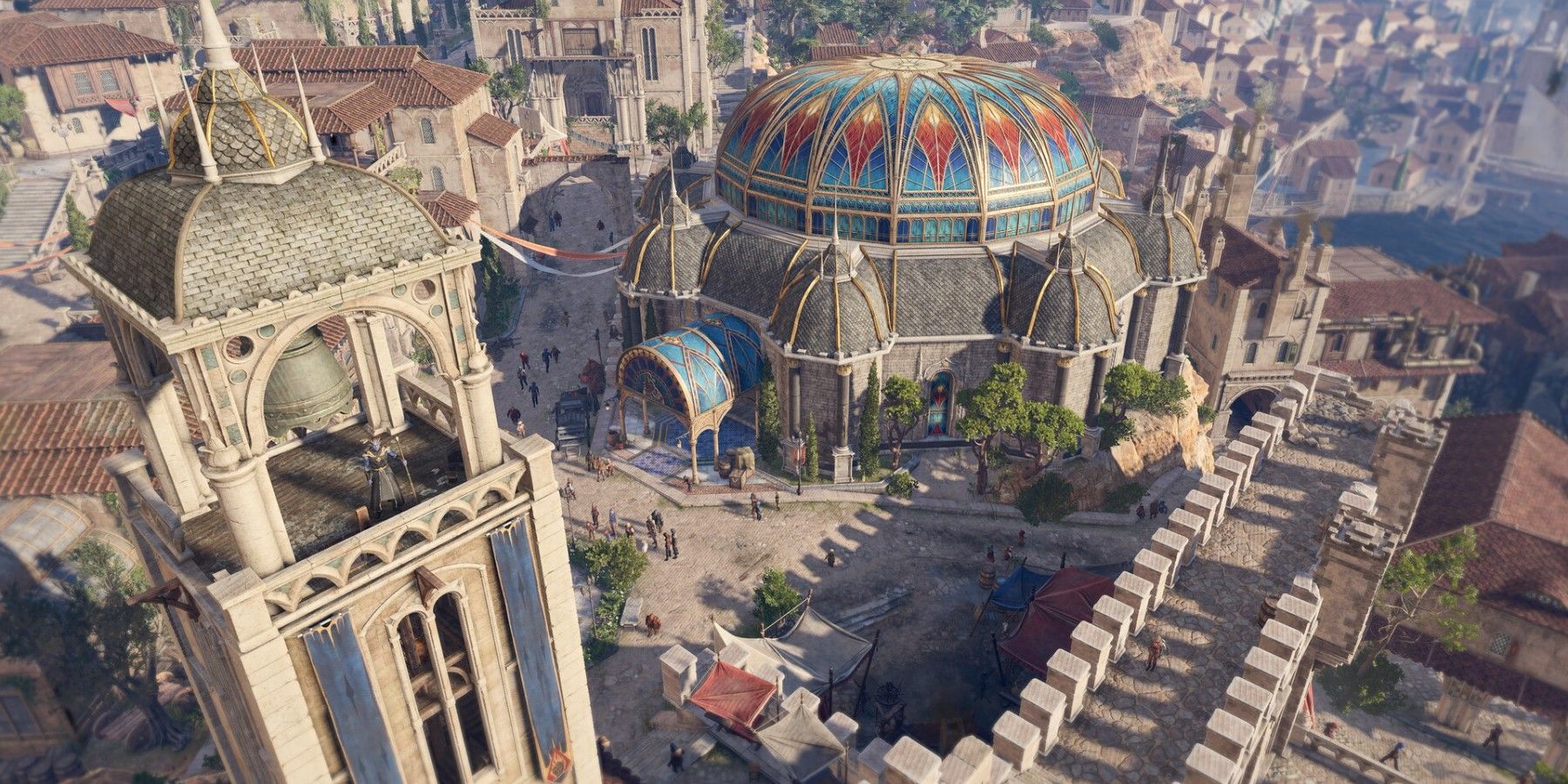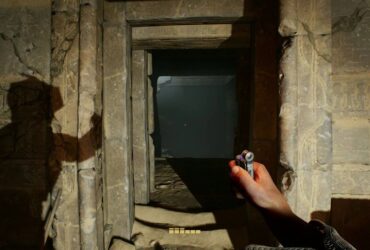Key Takeaways
- Focus on a region to keep the campaign setting manageable in size.
- Keep realism in mind with settlements, considering practicalities like food sources and governance.
- Utilize natural formations on a map to guide the adventure and integrate threats into the setting smoothly.
There is no denying that the Forgotten Realms is an iconic setting. Most players, unless they were some poor soul that had their first Dungeons & Dragons experience with Curse of Strahd or something to similar effect, have experienced this classic High Fantasy setting in some capacity, specifically the Sword Coast. This classic land of forests and mountains and dragons features iconic settlements dotting its landscape, like Baldur’s Gate.
Whether players have been inspired by Baldur’s Gate 3 or are longtime fans ready to take the plunge into worldbuilding, if a DM is running a homebrew campaign, chances are they’ll be making their own world for players to explore. A good setting for a D&D campaign can lead to literal years of adventure and fun, while a poor one can make every quest within it feel uninspiring. For aspiring DMs, here are some tips for making a homebrew setting that flourishes.

Related
What to Expect From Dungeons and Dragons’ 2024 Dungeon Master’s Guide
Dungeons and Dragons’ 2024 Dungeon Master’s Guide will soon be released, and many hope that it will correct the mistakes of 2014’s DMG
8 Focus On A Region
Keep A Smaller Scope For The Campaign Setting
Notice how quickly the introduction scaled down from “Forgotten Realms” to “The Sword Coast.” Players will rarely traverse a continent in a single campaign. Even traversing an entire region like the Sword Coast is a rarity. However big a region is in the world, it should be that size so that the world feels alive, more so than because the DM expects players to travel every square inch of that world.
For example, if a campaign is set in a single province of a kingdom, at least to start, then detailing neighboring provinces and the kingdom itself is not important so that players think they’ll be exploring every section of the realm. Rather, it helps players understand that this province doesn’t exist in a void, and shares this world with other locations.
7 Keep Realism In Mind With Settlements
Think About Practicalities
Baldur’s Gate 3 can reveal a lot about good worldbuilding, but not all of it is expressed through dialogue. Instead, much of what makes this game great is in its realistic approach to settlements and areas.
These are some things to keep in mind when creating settlements in a homebrew setting, whether a tiny, nameless village or a huge capital city. Keep in mind, these things do not need to be explicitly stated to players. Still, they’re important to keep in mind when players are exploring an area, especially if the campaign is one set in a single huge city.
- Where does this settlement get its food from? Where does it farm or fish?
- Why was the settlement built in this particular spot? What is remarkable about this location?
- What particular lineages make up this settlement predominately? Is it homogeneous, such as a village almost entirely populated by Halflings? Or is it more diverse?
- Who governs this settlement? Do they swear fealty to anyone?
6 Utilize Natural Formations
A Map Should Help Guide The Adventure
From treasure to enemies, this is another area where Baldur’s Gate 3 has helped teach the idea of specific placement in the world perfectly. Players wanting to make a homebrew setting should consider using a simple mapmaker, such as Wonderdraft or Inkarnate.
With this map, a rough geography of the region can be made. From there, the locations of specific dungeons or settlements is up to the DM, but some things to note include:
- If a region is dotted with many small settlements, why? Is it fertile land?
- Enemies like bandits typically have bases not too far from the main roads they rob. If a bandit group is far off and distant, why is this the case?
- If enemies are dwelling in a particular region, such as goblins in a forest, why are they there? Are they endemic to the region, or searching for something?

Related
Dungeons And Dragons: All Warlock Patrons, Ranked
There exists an entire pantheon of patrons players can choose for their warlock, but which of these is a god amongst lesser deities?
5 Always Know A Bit More Than You Tell
Settings Work Best With Mystery
Is the capital city of your realm secretly run by a cabal of vampires? Is the kindly old woman that brews potions in the village actually a Hag? Is the fearsome Hag in the forest actually a kindly old woman?
Giving players expectations and then subverting them is an RPG hallmark. While not everything that video games do makes for good TTRPG gameplay, characters with hidden agendas or areas with hidden backstories are often a good idea.
4 Have Grounded Threats
Threats To The Players Should Be Part Of The World
The easiest way to make threats in the setting is for them to be natural parts of the setting. Want a dragon to be a fearsome part of the world? Great! Look at the map. A Black Dragon would thrive in a Swamp, while a Red or White dragon (or both, fighting for territory) would thrive in the mountains.
A necromancer would naturally want a secluded place to practise their dark craft in secret, so where have they hidden their tower? If their settlement is out in the open, why? Are they ready to launch an undead attack on the setting?
3 Integrate Player Backstories
Work With Players To Build A World
This is a simple but great way to keep players engaged with the setting. Get them involved. If a player is a cleric of a certain god, give that god a history with the setting. Perhaps the main religion worships them, or maybe they’re a dead belief from ages past.
If a character grew up as a street urchin in a grimy city, is that the same city as the focal point of the setting? Or a far off and distant shadow on the horizon?
2 Make Players Feel Like Characters
Help Players Understand The Dynamics Of The Setting
A big mistake DMs make is giving their players all the gratification right from the get-go. If a campaign is set in a kingdom, and at level 1, the queen of the entire setting beseeches the brave travelers to go on a journey, where does that leave players to go as they level up?
They have already met and been shown respect by the most politically powerful person in the land. Quests should start small and gradually ramp up so that players can feel like they’ve truly lived in this world.

More
Dungeons And Dragons: 20 Best Feats For Fighters To Take
These feats are guaranteed to bring the edge to any Fighter character in Dungeons & Dragons.



















Leave a Reply